
Review on 🚀 High-Quality PIC S201L 254H Glycerine Polycarbonate Connection: Enhanced Durability for Your Applications by Ronny Welch

One of the two sensors is not as accurate as I had hoped.
I have a new NIST certified 200 psi gauge. inches with an accuracy of 0.25% over the full range (+/-) 0.5 psi. inches actual pressure. When I compared these two new PIC gauges that I bought to this 120 psi gauge, I got 2.5 psi more on one of the PIC gauges and 5.0 psi more on the second PIC gauge. PIC gauges are advertised as having an accuracy of 1.5%, which means they should be within 3 psi of the actual pressure within the gauge's midrange. Assuming at best that my NIST certified gauge reads 0.5 psi lower and the PIC gauge reads 3 psi higher. The first PIC gauge will be within the tolerance of the NIST gauge, so there isn't really a problem here, but the second will still be 1.5psi high, outside the range of the NIST gauge. Two PIC gauges will differ by approximately 2.5 psi for the same pressure source. Also, I suggest that you do not cut the nipple off the black rubber bleed plug as instructed. If you do this your gauge will most likely start leaking unless it is mounted vertically with a rubber vent at the top. To vent the gauge, lift one end of the rubber vent slightly and the pressure will be equal to atmospheric pressure and may require periodic venting. If you feel the air bubble is too big, you can buy glycerin for a pretty cheap price and add enough through the vent to make a bubble to your liking. These gauges are mounted on a compressor that I used for normal shop use, so all I remember is that they read a few psi. When I need more accurate pressure readings, I use other pressure testing equipment.
- Filled with liquid to improve vibration safety
- Not sure
New products
Comments (0)
Top products in 🌀 Pressure & Vacuum
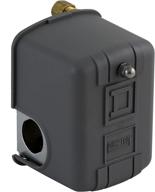
🔌 Enhanced Performance Square Schneider Electric 9013FHG12J55X Air Compressor: Delivering Optimal Efficiency and Power

5 Review
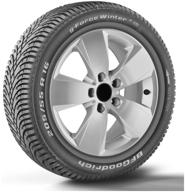
BFGoodrich g-Force Winter 2 185/65 R15 92T

49 Review
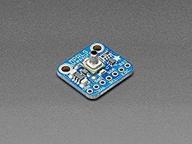
🔒 Pressure Sensor Breakout: Adafruit's Enhanced Portability

5 Review

Smart speaker Yandex Station Mini without clock with Alice, gray opal, 10W

5 Review
Another interesting products
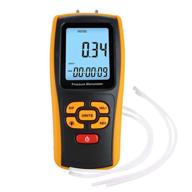
Portable Handheld Manometer 📏 for Accurate Pressure Differential Measurement

5 Review
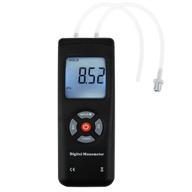
🔍 Enhanced Precision with Backlit Professional Manometer for Differential Ventilation

6 Review
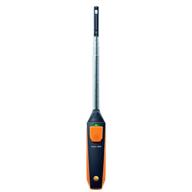
🔥 Advanced Testo Wireless Hot Wire Anemometer Technology

4 Review
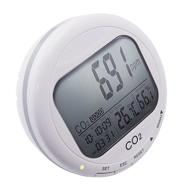
🌡️ Continuous Temperature Monitoring with Relative Humidity Integration

4 Review

